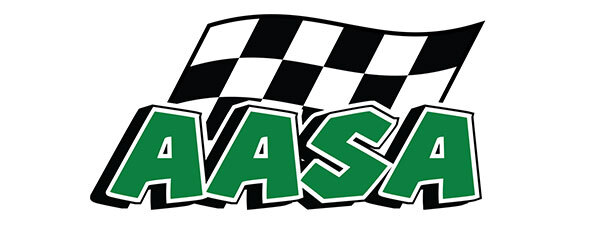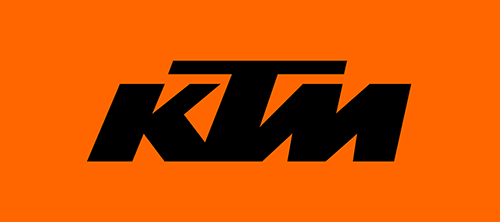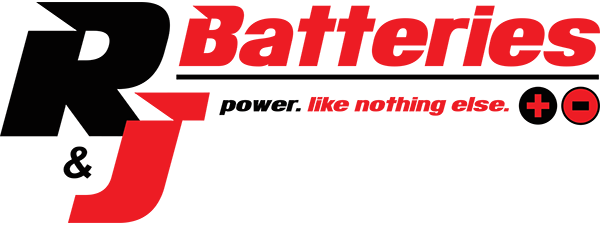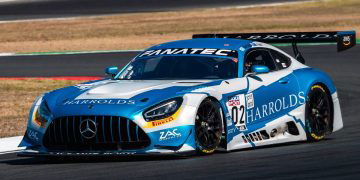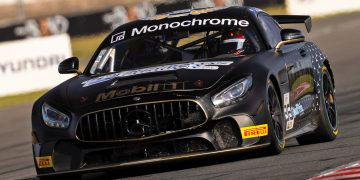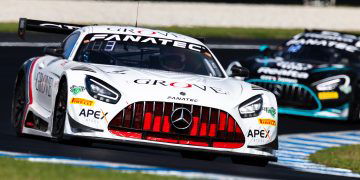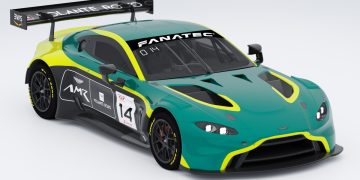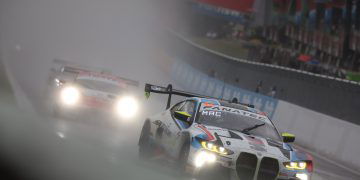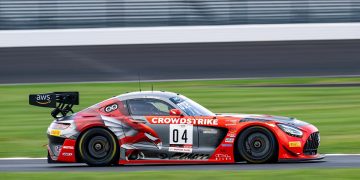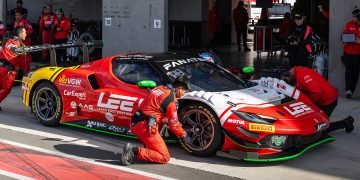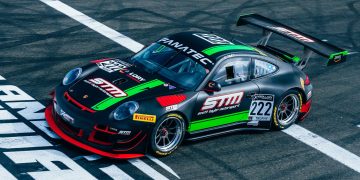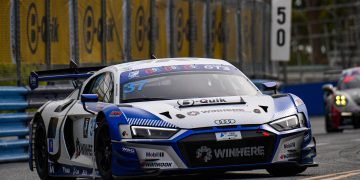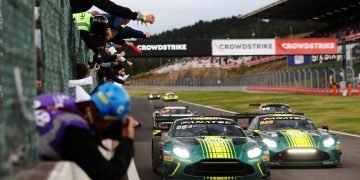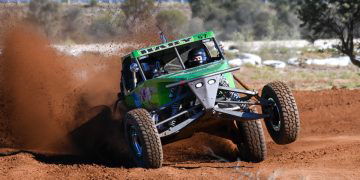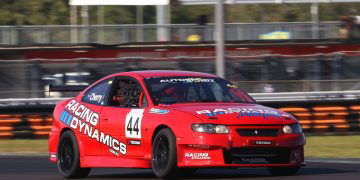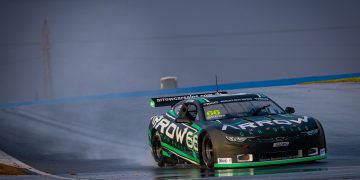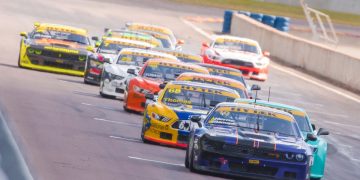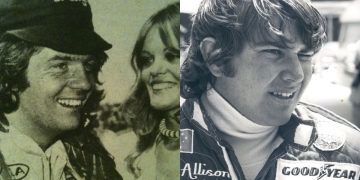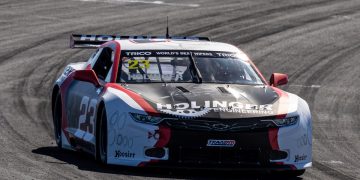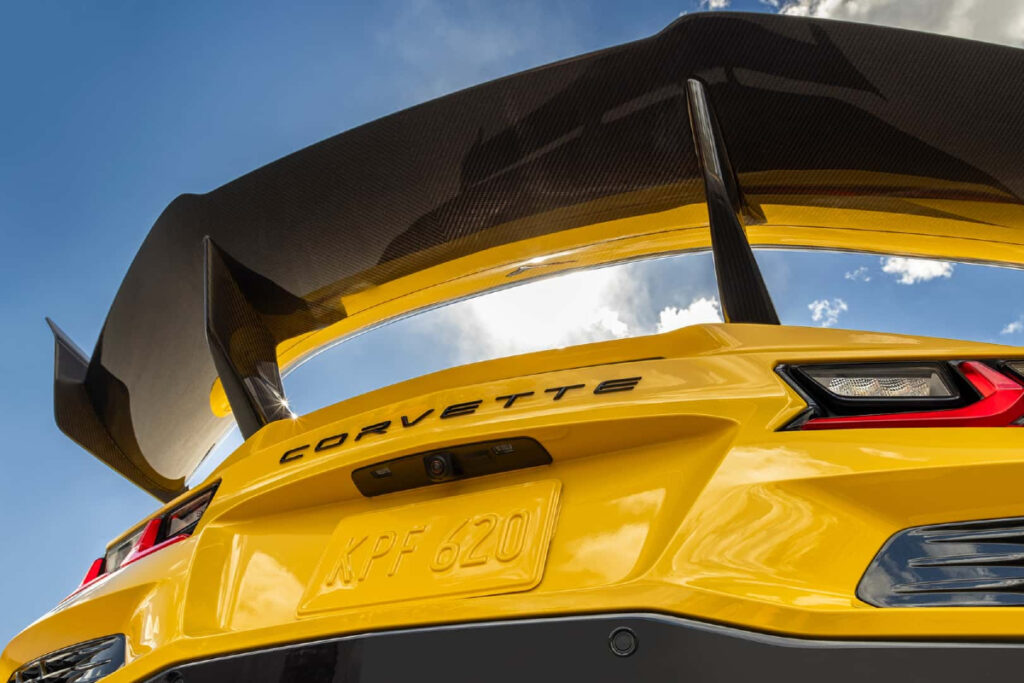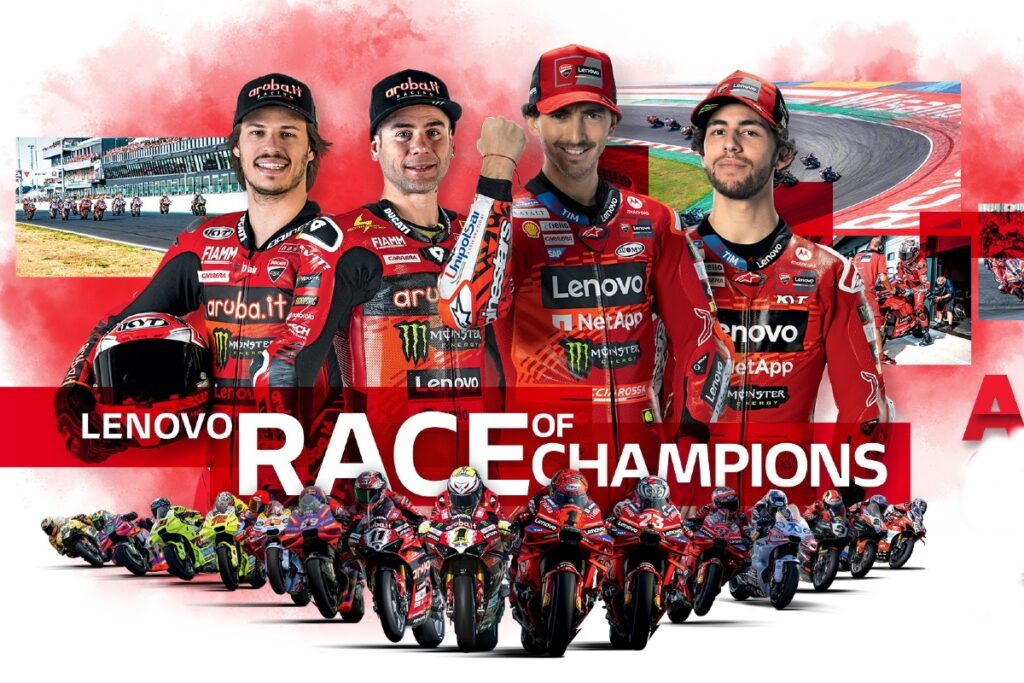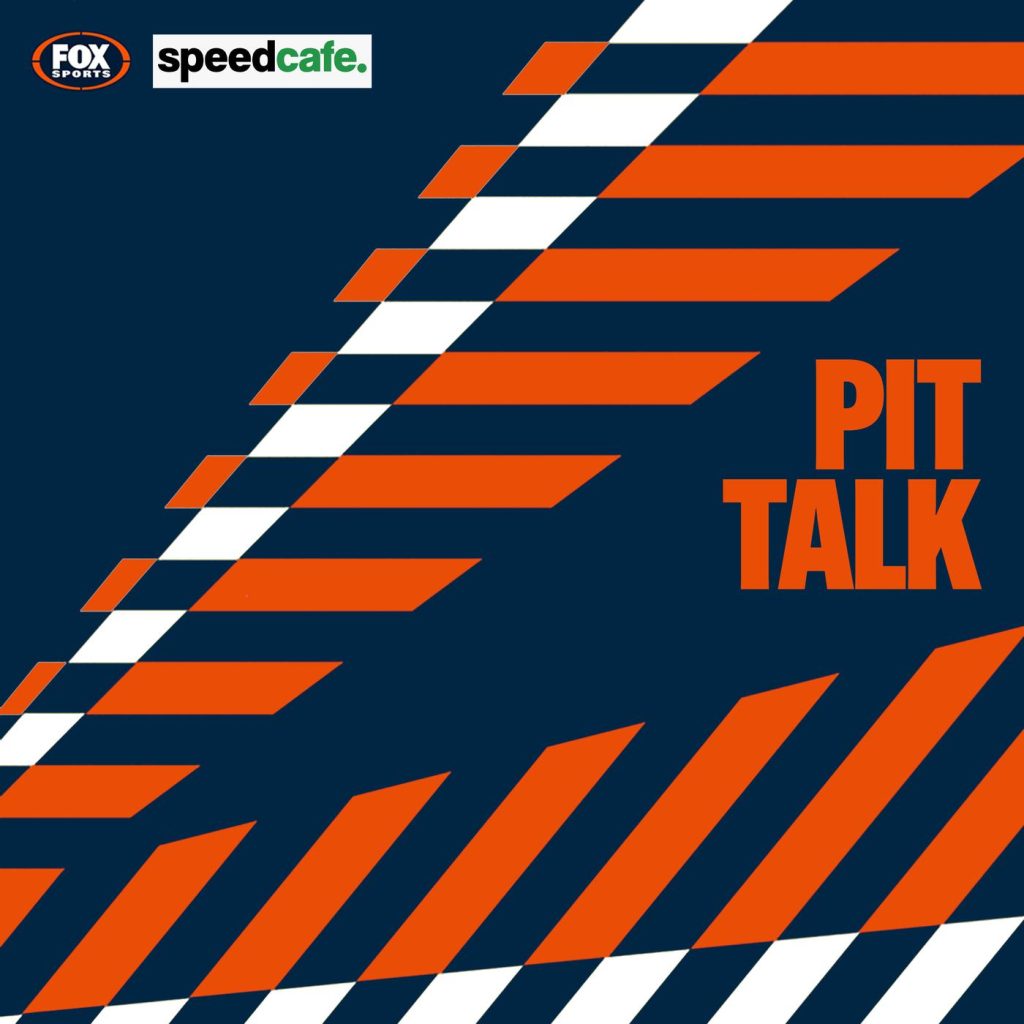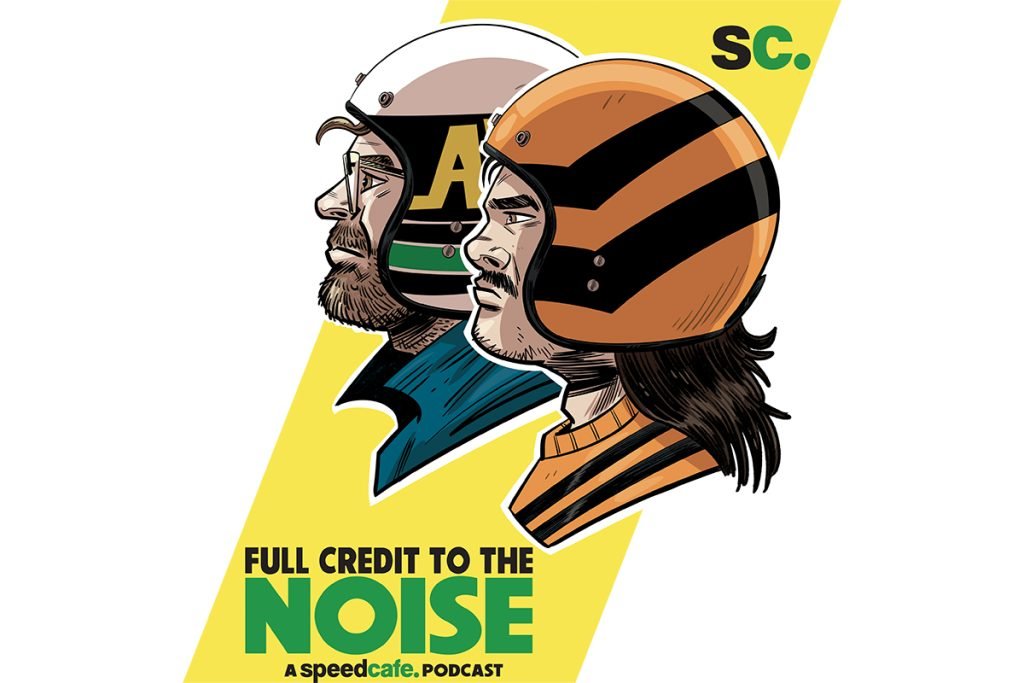
Paul Morris believes that Fabian Coulthard was not at fault for the contact between he and Shell V-Power Racing team-mate Scott McLaughlin in an otherwise ‘boring' weekend at Winton.
The two DJR Team Penske Mustangs came together at Turn 5 on the opening lap of Race 13 of the Virgin Australia Supercars Championship, sending both off into the infield.
Coulthard led the field away but missed the apex of Turn 3, perhaps due to dirty tyres after contact at Turn 1, and was passed by James Courtney on his inside at Turn 4.
The moment also allowed McLaughlin to get a run on Car #12 as they approached the Turn 5 sweeper but there was still an overlap when they arrived at the corner.
McLaughlin ran across the grass and rejoined at Turn 8 before redressing his position, consistent with instructions in the drivers briefing, while Coulthard tumbled towards the back of the field and was then made to serve a 15-second hold in his compulsory pit stop for what was deemed ‘Careless Driving'.
Reviewing the incident on the latest episode of Enforcer & The Dude, Morris argued that Coulthard had done no wrong as McLaughlin had turned in on his team-mate.
“For me, I thought Scott turned in on him, from what I can see, because there's plenty of track towards the right and he just came in,” declared Morris.
“Fabian's up on the kerb and he can't really go anywhere.”
While there were a number of other clashes during the weekend, the intra-team clash between the championship top two was the obvious talking point from the weekend, particularly after a largely processional Race 14 which followed on the Sunday.
On that occasion, Nick Percat's Lap 9 move on Cameron Waters was only one on-track pass in the top half of the field between the end of Lap 1 and the taking of pit stops, at the tight Winton Motor Raceway.
Morris claims that strict and over-regulated driving standards has led to sanitised racing.
“I was bored,” he stated of the Supercars Championship's races at the Truck Assist Winton SuperSprint.
“The racing was boring, it was predictable, you knew what was going to happen.
“Winton's a hard place to pass and you've got to have a go at Winton; if you're going to pass you've got to have a lunge and you've got to dip it in there, and if you have a crack and the guy doesn't want to let you past, it's going to end in contact.
“Again, I go back to the rules of engagement around the sport needing to be freed up so people'll watch it.”
He also pointed to a general trend towards greater scrutiny of on-track incidents, including the introduction of Hawk-Eye technology, as exacerbating the problem.
Hawk-Eye was introduced late last season and gives Driver Standards Advisor Craig Baird almost instant access to all broadcast cameras, trackside CCTV, and in-car cameras, in sync, without having to wait for some footage from the television production truck.
As such, the DSA, Deputy Race Director, and stewards are more likely to be able to make judgements in-race rather than after the facet.
Morris argues, however, that the system has encouraged teams and officials to look for more incidents, and also confuses viewers given that deliberations can be made even before an incident is shown on the telecast.
“They've got this new thing called Hawk-Eye, so Bairdo's got this new system you have in tennis and NASCAR use it to judge their pit lane penalties, so he's seeing a lot more views then what the general punter is seeing, which, when you're watching the racing and you see some action, just makes it more confusing.
“There are too many eyes. The best racing was when we never had cameras in the cars; now we've got all these cameras in the cars and all these people watching…
“Everyone hates a dobber, so for me it's overscrutinised and Bairdo's got a job to do, they're giving him more tools, you're just going to keep finding more stuff going wrong.”
CLICK HERE for Speedcafe.com's explanation on how Hawk-Eye is utilised in Supercars.


